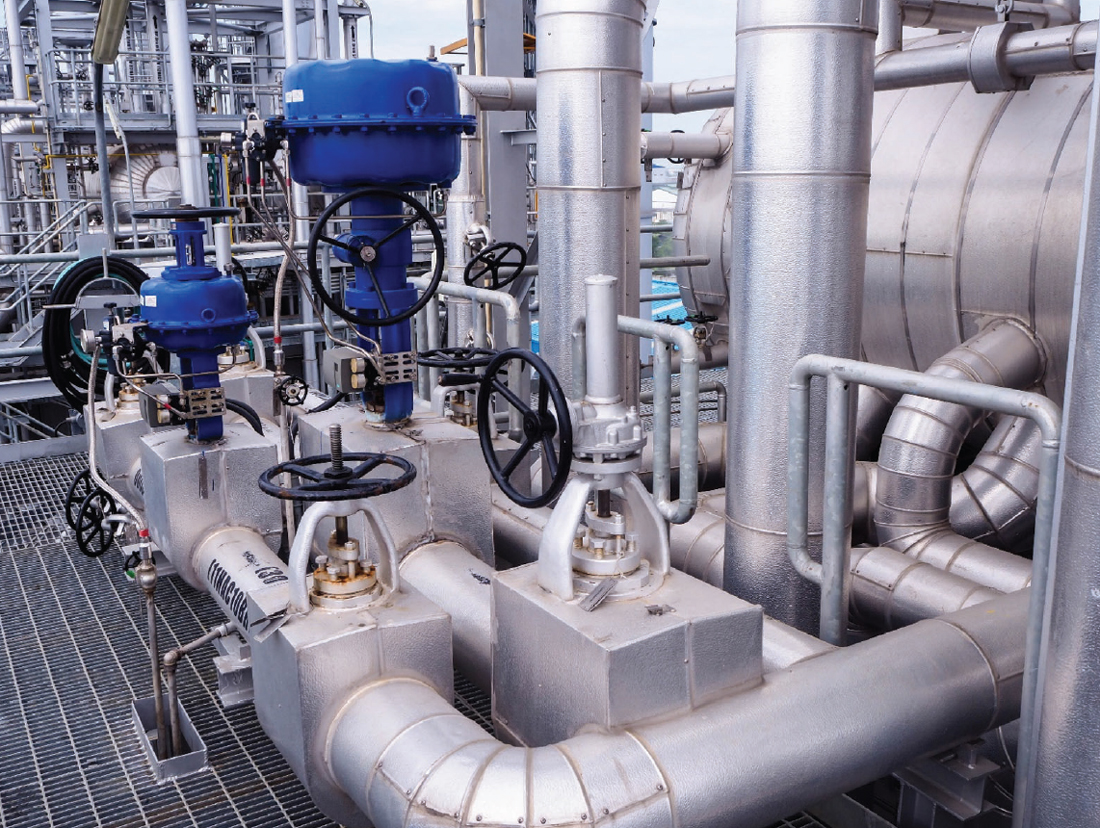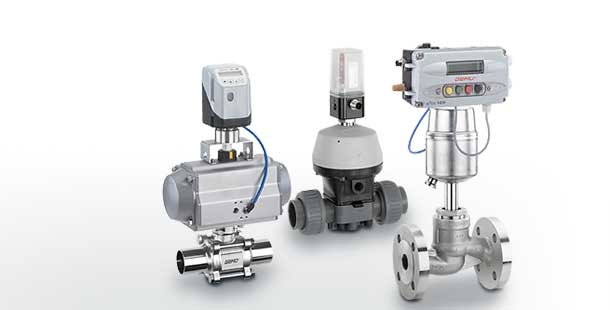Enhancing System Control with High-Performance Control Valves
Enhancing System Control with High-Performance Control Valves
Blog Article
Achieve Seamless Assimilation and Control With Top Quality Building Automation Controls
In the world of modern building monitoring, the significance of top quality building automation controls can not be overemphasized. Accepting quality building automation controls is not just an issue of ease however a critical necessary for organizations intending to maximize their facilities' performance and sustainability.

Development of Building Automation Controls
Throughout the previous few decades, the evolution of constructing automation controls has dramatically changed the method structures are taken care of and operated. Developing automation systems primarily concentrated on standard functions such as regulating air, air flow, and heating conditioning (A/C) systems. As innovation advanced, these controls have ended up being more advanced, enabling for a bigger array of building systems to be incorporated and managed centrally.
The advancement of constructing automation controls has seen a shift towards more smart systems that can adjust to changing problems in real-time. This adaptability is crucial for enhancing energy effectiveness and ensuring passenger comfort. Additionally, modern-day structure automation controls currently provide attributes such as predictive maintenance, remote surveillance, and data analytics, enabling facility supervisors to make data-driven choices to enhance building performance.

Benefits of Quality Assimilation
The improvement in structure automation controls towards even more intelligent systems has actually underscored the considerable benefits of high quality integration in optimizing structure operations and improving overall performance. Quality combination of constructing automation controls offers a number of crucial advantages. To start with, it causes enhanced power efficiency by enabling different systems to collaborate perfectly, making certain ideal performance and lowering energy wastefulness. Secondly, high quality integration improves resident comfort and efficiency by making it possible for customized control over ecological setups like temperature level, illumination, and air high quality. This customization can bring about a much more conducive and comfortable working or living environment. In addition, high quality assimilation simplifies upkeep and troubleshooting processes, as all systems are adjoined and can be kept track of and regulated from a centralized user interface. This central control also gives better exposure and understandings into building efficiency, making it possible for positive upkeep and optimization techniques. Overall, the advantages of top quality combination in building automation controls are indisputable, offering raised effectiveness, comfort, and operational effectiveness.
Boosted User Experience and Ease Of Access
Enhancing user interaction with structure automation manages with intuitive design and improved availability raises the general experience for passengers and facility managers alike. By focusing on individual experience, developing automation systems can end up being extra user-friendly and effective. Instinctive interfaces, clear navigation, and customizable setups encourage users to engage with the controls conveniently and successfully.
Access functions play a vital over here function in making sure that all individuals, including those with handicaps, can make use of the structure automation manages with simplicity. Including features such as voice commands, responsive buttons, and color-contrasted displays can improve ease of access and make the controls much more inclusive.
Additionally, boosted customer experience leads to greater user satisfaction, boosted efficiency, and better decision-making. Passengers can adjust ecological settings according to their preferences, while center managers can successfully monitor and manage structure systems - control valves. In general, focusing on individual experience and ease of access in structure automation manages adds to a Bonuses much more seamless and efficient structure environment for all stakeholders included
Lasting Practices Through Automation

Additionally, automation can assist in the integration of sustainable energy resources such as solar panels or wind generators right into building operations. With automation, structures can straighten with modern sustainability objectives and contribute to a greener future.
Future Trends in Building Control Solution
One noticeable fad forming the future of structure control systems is the enhanced integration of Artificial Intelligence (AI) and maker learning. In addition, the Net of Things (IoT) is reinventing structure control systems by attaching gadgets and sensing units to enhance and enhance operations performance.
One more vital fad is the emphasis on cybersecurity procedures to shield versus prospective threats to building automation systems. As structures become more interconnected, making sure durable cybersecurity procedures will certainly be vital to protect delicate data and avoid unapproved gain access to.
Moreover, the change in the direction of cloud-based systems is acquiring energy, permitting systematized control and remote accessibility to structure systems. This promotes much easier tracking, maintenance, and updates, improving the total efficiency and flexibility of building control systems. As innovation proceeds to advance, this content these trends are expected to shape the future landscape of structure automation controls, driving technology and sustainability in the built atmosphere.
Verdict
To conclude, constructing automation controls have actually progressed significantly, supplying many advantages such as enhanced user experience, availability, and lasting methods. Quality integration plays a key function in achieving smooth control and efficient procedure of building systems. Future trends in structure control systems are most likely to concentrate on further improving automation capacities for improved power efficiency and general performance. It is important for building owners and operators to focus on the fostering of high quality building automation controls to maximize building operations and accomplish long-term sustainability goals.
In the world of modern-day building monitoring, the relevance of high quality structure automation controls can not be overstated. On the whole, the development of building automation regulates continues to drive development in the structure administration industry, using brand-new possibilities for developing smarter and more lasting buildings.
The advancement in structure automation controls in the direction of more smart systems has actually underscored the substantial benefits of quality assimilation in enhancing building procedures and boosting total effectiveness. Generally, focusing on customer experience and ease of access in building automation manages adds to a more productive and seamless structure environment for all stakeholders included.
It is important for structure owners and drivers to focus on the fostering of high quality structure automation manages to maximize building procedures and achieve lasting sustainability objectives. - control valves
Report this page